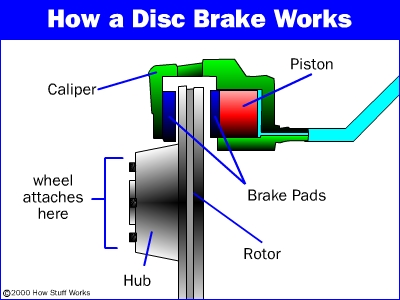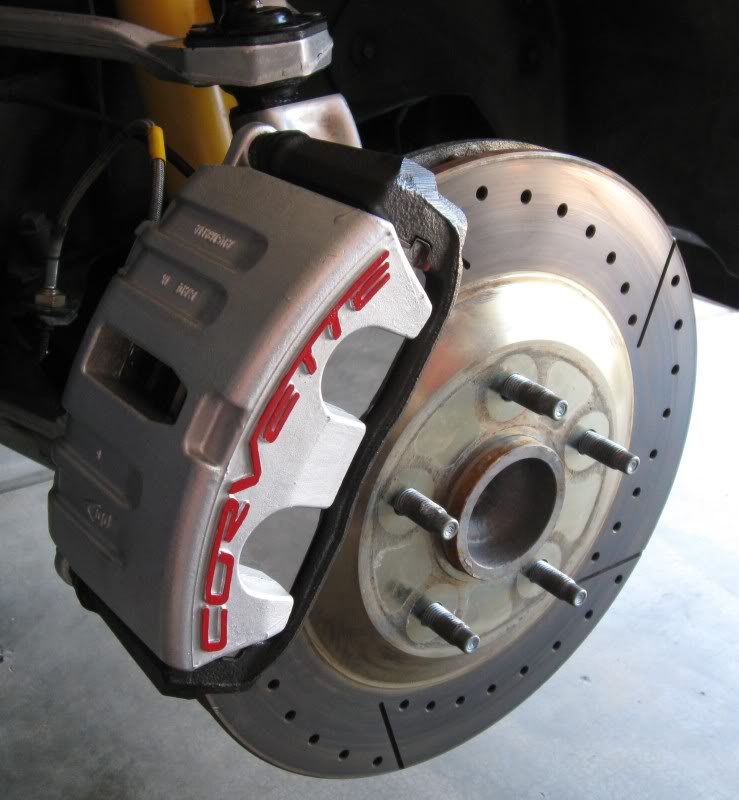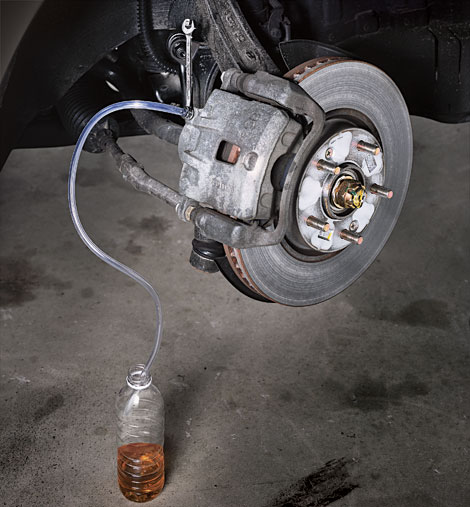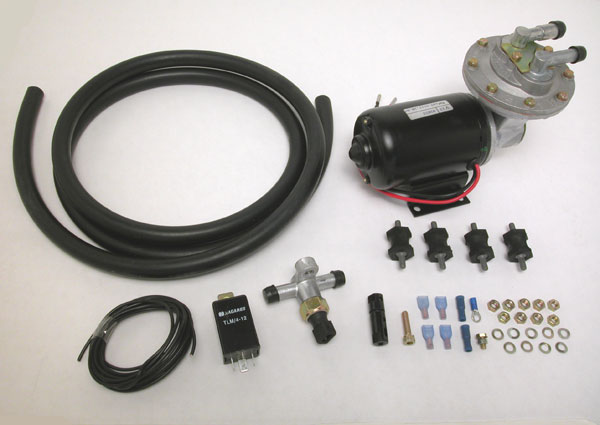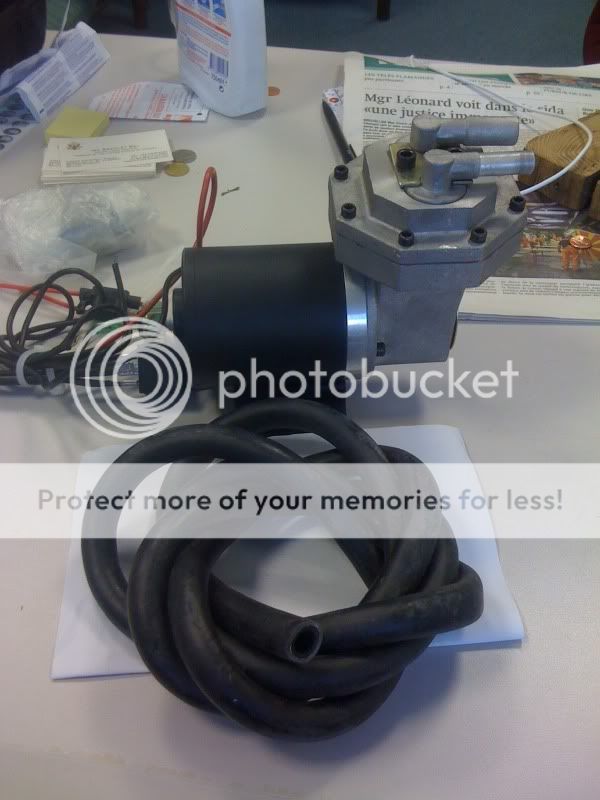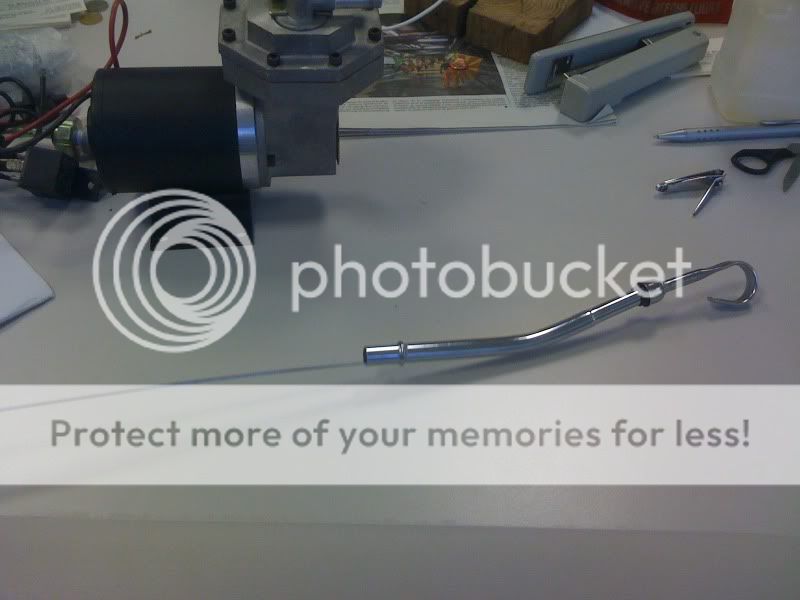your new master cylinder, or brake booster may not be matched too, the new calipers, your new master cylinder, must provide, and be compatible with,and matched too, and supply the calipers with the correct VOLUME and PRESSURE that the NEW BRAKE CALIPERS are designed to function with, the master cylinder bore and volume of fluid must be close to the same as stock, if you reduce the master cylinder volume it increases the pressure but decreases the volume of brake fluid forced into the calipers, if the calipers have a larger volume it may require more fluid and will require more pressure when you swap from a single piston caliper to dual cylinder calipers the volume required is very likely to have changed ,AS IS, the ratio of brake fluid required between the front and rear calipers, obviously a discussion with the brake caliper manufacturer should give your the answers in that regard, and probably a suggestion or two on the best master cylinder or other components to use.
Id also verify the vacuum supplied by the engine, most boosters are designed to operate with a MINIMUM of 18" of vacuum supplied to the booster and with many radical engine combos thats NOT being supplied
http://garage.grumpysperformance.co...en-do-you-inspect-the-brakes-condition.15187/
http://www.ssbrakes.com/ssbc-products/s ... -products/
http://auto.howstuffworks.com/auto-part ... /brake.htm
http://www.ssbrakes.com/tech-info-faqs/faqs/
Disc brake calipers are basically hydraulic slave cylinders mounted in a floating bracket that maintain the brake pad alignment,allow the application of hydraulic pressure and dissipate heat, as they force the disc brake pads against the spinning rotor that's been mechanically locked to the axle.
http://auto.howstuffworks.com/auto-part ... brake1.htm
DISC BRAKE ROTORS basically are the surface the pads apply friction to and those spinning disc rotors on their outer surface ,those discs are usually equipped with internal vents that use centrifugal force to throw air ,outward as they spin thru vents so the air absorbs and dissipates the heat efficiently that's sucked into the inner hub area by the discs low pressure , near the axle to cool them , as the airs thrown out thru the outer edges
disc brake pads are the surface between the two and they take a great deal of abuse and a higher percentage of the wear and heat than the other components
in most cases its the composition of the brake pad material and the mechanical condition of those brake pads ,the temperature increase during its operation cycle, the surface area,of both the pad and its matched rotor surface and the amount of hydraulic pressure applied that will determine the efficiency of the brakes
larger diam brake rotors usually offer more surface area, better cooling efficiency and greater mechanical leverage on the axle
but its the pads and what those pads are made from and the heat levels that are a huge factor in how the brakes function,
but the rotor surface must be fairly consistent,in thickness,reasonably flat and clean to work correctly
if your in doubt Id change out the brake fluid,to a higher heat resistant type like the racing cars generally select, bleed the brakes,resurface the rotors and swap to a high quality brake pad,
(ceramic pads tend to wear the rotors a bit faster but they also tend to work well under high heat and load conditions)
brake pad material must match the intended heat levels,some brake materials work fine at normal heat levels but if stressed under extreme heat they form a layer of high pressure gases between the rotor and pad surface and don,t grip consistently, some brake fluid will not maintain pressure if subjected to extreme heat,
READ THESE threads and sub links for a good deal more info

